In today’s modern world, it’s fair to say that water utilities operate as the guardians of public health, constantly staying vigilant against threats to water quality, safety, and accessibility.
While their efforts may often go unnoticed by the general public, behind the scenes, water utilities are continuously improving their systems and operations to enhance safety and health standards for the public. From infrastructure upgrades and quality testing to innovative solutions and emergency preparedness, all are instrumental in enhancing the overall well-being of our community.
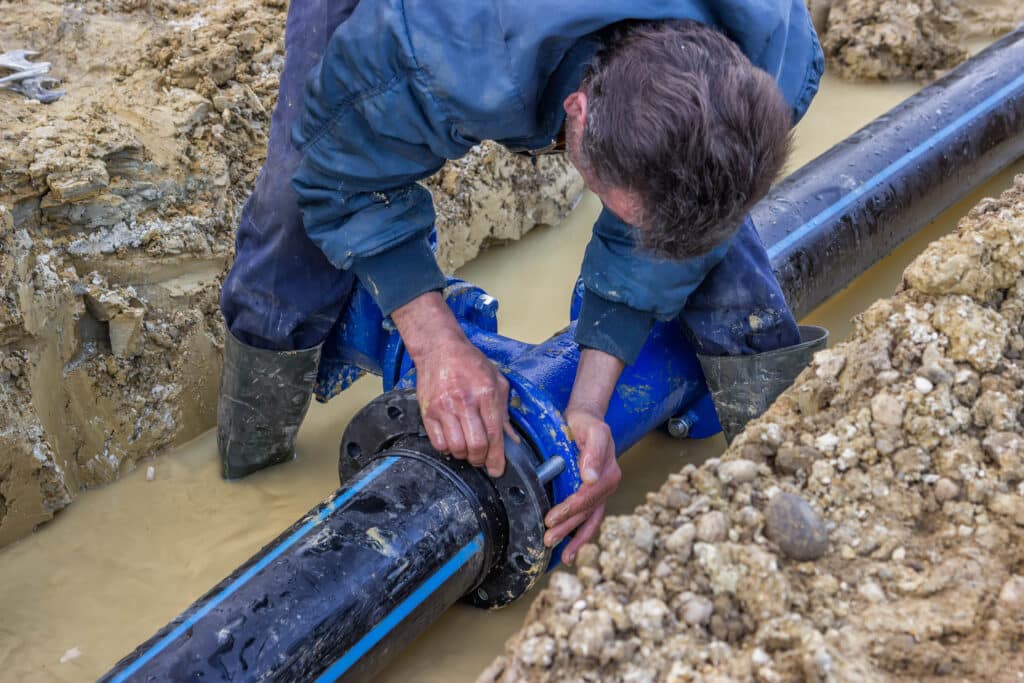
Infrastructure Upgrades
Water utilities’ relentless pursuit of minimizing leaks, contamination risks, and disruptions in water supply are at the forefront of modernization, specifically when it comes to the upgrading of pipelines, treatment plants, and distribution system components. With these crucial infrastructure updates, often a product of the combined efforts of water audits and utility management, utilities are able to decrease the need for new sources, treatment plants, facility upgrades, and expansions and reduce the number of entry points for disease-causing pathogens.
Through these passion-fueled, robust efforts, these upgrades become the backbone of a resilient and reliable water infrastructure, further increasing the safety and accessibility of public water.

Quality Testing and Monitoring
Ensuring the safety of water begins with a commitment to quality testing and monitoring. Water utilities that conduct meticulous lead inventories and testing procedures are able to swiftly identify potential risks, because as we know, lead is not our friend. By vigilantly tracking water quality, utilities safeguard communities from the harmful effects of these contaminants. They also maintain a constant awareness of the condition of our public infrastructure, gaining insights into both successes and areas that require improvement.
According to the World Health Organization, one million people die every year due to lead poisoning. Whether it’s from industrial settings, like mining and smelting, or paint and plumbing in older homes, lead poisoning maintains its spot as a high risk that can be mitigated by routine replacement of lead service lines.
Innovative Solutions
The relentless pursuit of improvement and modernization embraced by Tata & Howard helps water utilities further pave the way towards embracing more cutting-edge technologies and innovative solutions. In addition, Tata & Howard is a 100% Employee Stock Owned Plan (ESOP) company, meaning that the collaborative nature of the client-ESOP firm relationship allows for both parties to explore and embrace more unconventional, innovative solutions: solutions such as advanced filtration systems and real-time monitoring, both of which can also be catered to our customers’ specific and individual needs.
Emergency Preparedness
As “guardians of public health,” water utilities also serve as sentinels, always prepared for the unexpected. The level of preparedness in their Emergency Response Plans (ERPs) allows for a swift and coordinated response to natural disasters, industrial accidents, or disruptions in the water supply.
In fact, all public water suppliers are required to have ERPs in place. Public water systems in Massachusetts are also obligated to conduct a minimum of 10 hours of Emergency Response training each year for their employees which plays a crucial role in enabling water system managers and staff to identify vulnerabilities, implement improvements, and establish effective procedures to be followed in case of an emergency.
The (mandated) preparation, continuous updating, and execution of a response plan are essential for strengthening system security, reducing property damage, minimizing liability, preventing illnesses, and saving lives.

Conclusion
As water utilities continue to evolve and collaborate on the continuous efforts of upgrading infrastructure, embracing innovation, and prioritizing emergency preparedness, the more secure they — and we as a community — are in the vital role they play in ensuring the availability and accessibility of clean and safe water.
Amidst the challenges we face as we navigate the modern world, let us not forget to acknowledge the relentless dedication of these guardians – the water utilities that quietly, yet profoundly, secure the health and safety of the communities they serve.

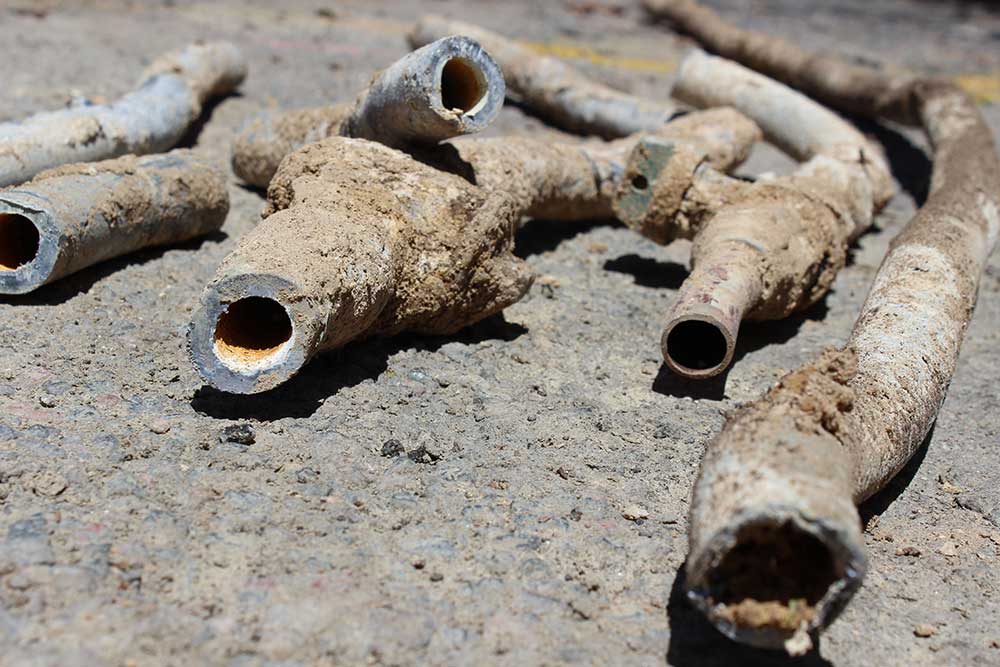 For example, in an effort to help remove lead pipes from Massachusetts turf, in the past we have partnered with the city of Marlborough, MA and
For example, in an effort to help remove lead pipes from Massachusetts turf, in the past we have partnered with the city of Marlborough, MA and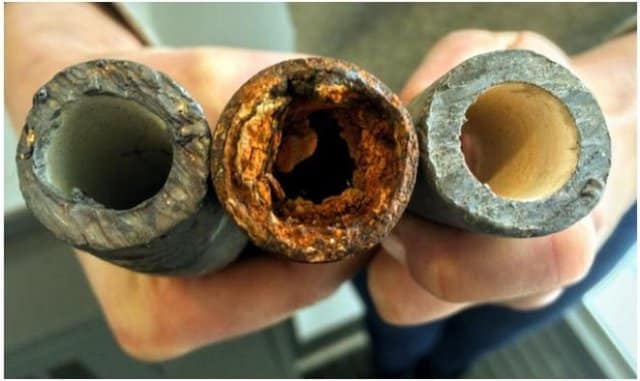 For starters, let’s start with why lead is bad for us. Exposing one to lead, whether by contaminated drinking water or ingestion, can lead to severe brain and nervous system damage, kidney damage, can drastically affect children and those who are pregnant, and can cause death.
For starters, let’s start with why lead is bad for us. Exposing one to lead, whether by contaminated drinking water or ingestion, can lead to severe brain and nervous system damage, kidney damage, can drastically affect children and those who are pregnant, and can cause death.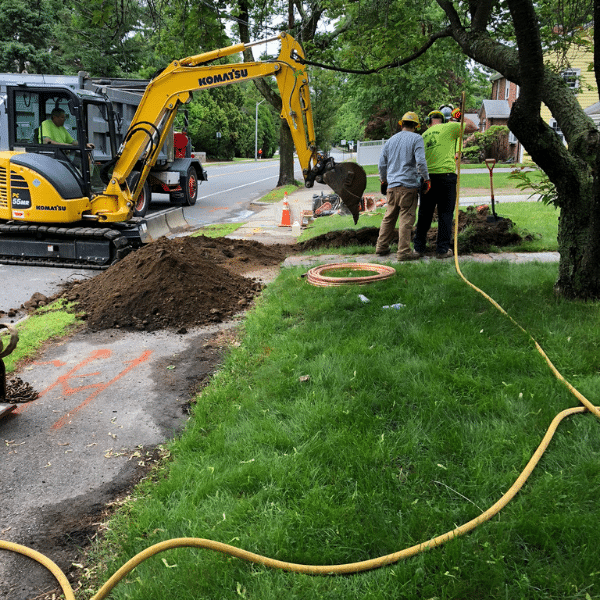
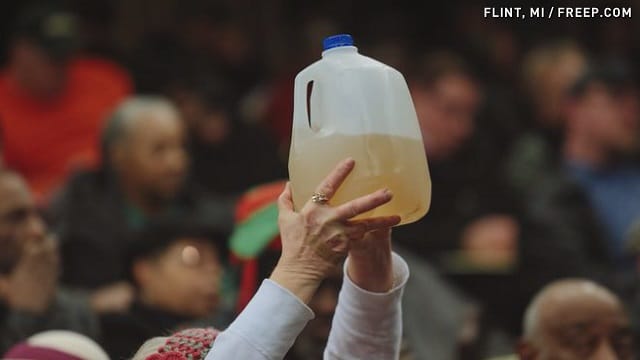
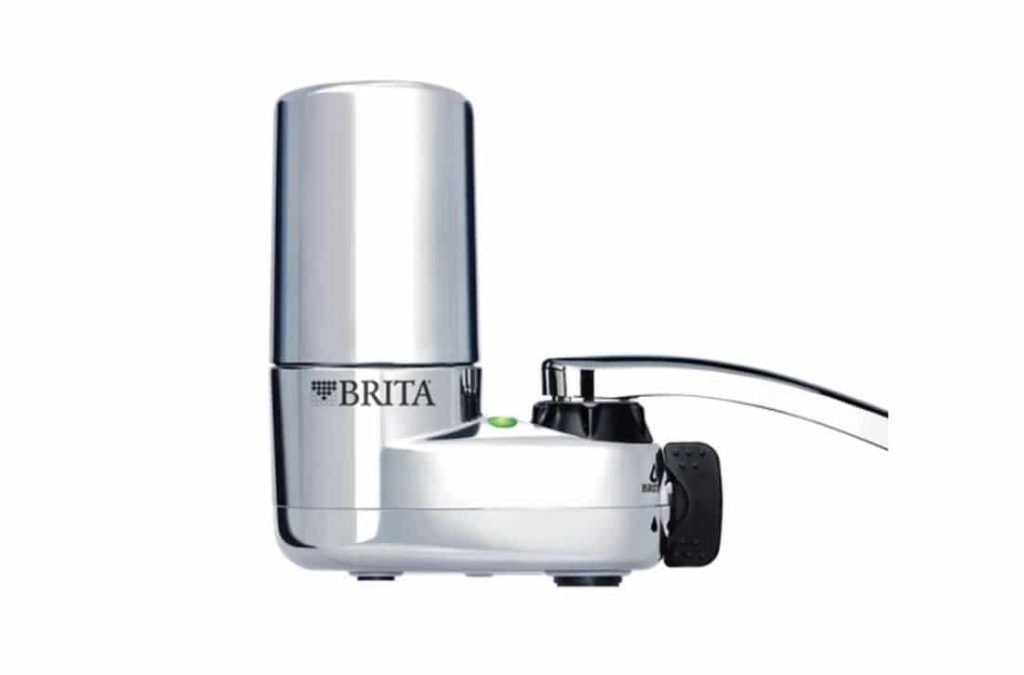
 October 23-29 is National Lead Poisoning Prevention Week 2016. Established in 1999 by the U.S. Senate, National Lead Poisoning Prevention Week (NLPPW) occurs every year during the last week in October and is now supported by the U.S. Environmental Protection Agency (EPA), the Centers for Disease Control and Prevention (CDC), the U.S. Department of Health and Human Services (HHS), the U.S. Department of Housing and Urban Development (HUD), and the World Health Organization (WHO). This year’s NLPPW theme of “Lead-Free Kids for a Healthy Future” underscores the importance of protecting our future by educating the public about the dangers and sources of lead poisoning and what can be done to prevent it. While lead-based paint is arguably the most common and hazardous source of lead exposure for young children,
October 23-29 is National Lead Poisoning Prevention Week 2016. Established in 1999 by the U.S. Senate, National Lead Poisoning Prevention Week (NLPPW) occurs every year during the last week in October and is now supported by the U.S. Environmental Protection Agency (EPA), the Centers for Disease Control and Prevention (CDC), the U.S. Department of Health and Human Services (HHS), the U.S. Department of Housing and Urban Development (HUD), and the World Health Organization (WHO). This year’s NLPPW theme of “Lead-Free Kids for a Healthy Future” underscores the importance of protecting our future by educating the public about the dangers and sources of lead poisoning and what can be done to prevent it. While lead-based paint is arguably the most common and hazardous source of lead exposure for young children,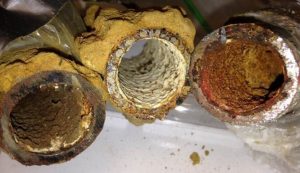
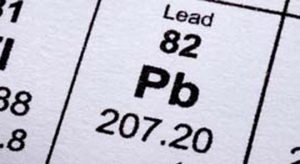 Lead in drinking water cannot be detected through taste or smell, and the only way to know for certain if your drinking water has elevated lead levels is to have your water professionally tested. Typically, lead pipes are found in homes that were built prior to 1986 and in older cities. Older homes with private wells are also at risk of having lead in drinking water. While
Lead in drinking water cannot be detected through taste or smell, and the only way to know for certain if your drinking water has elevated lead levels is to have your water professionally tested. Typically, lead pipes are found in homes that were built prior to 1986 and in older cities. Older homes with private wells are also at risk of having lead in drinking water. While 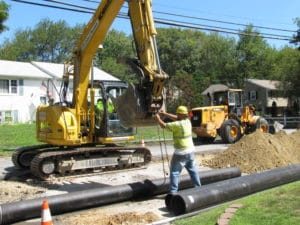
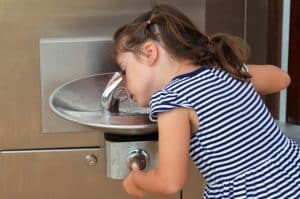 While utilities are working diligently to keep our nation’s water lead-free, public schools have recently come under fire, as schools from cities across the nation — including Boston, Massachusetts; Ithaca, New York; Portland, Oregon; and Tacoma, Washington — have found lead in their drinking water above the EPA’s action level of 15 parts per billion. Surprisingly, this contamination is the result of a legal loophole that many states are looking to close: schools are mandated by the EPA to be connected to a water supply that is regularly tested for lead and other contaminants; however, these utilities are not typically required to actually test the water inside the schools themselves. Considering that the average age of a school in the United States is 44 years old, it should come as no surprise that there are elevated levels of lead in the drinking water of public schools. After all, lead pipes were legal until about 30 years ago, and faucets and fixtures were allowed to contain up to 8% lead until 2014.
While utilities are working diligently to keep our nation’s water lead-free, public schools have recently come under fire, as schools from cities across the nation — including Boston, Massachusetts; Ithaca, New York; Portland, Oregon; and Tacoma, Washington — have found lead in their drinking water above the EPA’s action level of 15 parts per billion. Surprisingly, this contamination is the result of a legal loophole that many states are looking to close: schools are mandated by the EPA to be connected to a water supply that is regularly tested for lead and other contaminants; however, these utilities are not typically required to actually test the water inside the schools themselves. Considering that the average age of a school in the United States is 44 years old, it should come as no surprise that there are elevated levels of lead in the drinking water of public schools. After all, lead pipes were legal until about 30 years ago, and faucets and fixtures were allowed to contain up to 8% lead until 2014.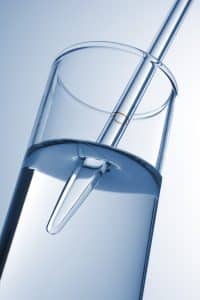 Many states have introduced legislation this year that would require public schools to regularly test their water. Bills on the table in Michigan, New Jersey, North Carolina, and Rhode Island would require regular testing, as would a New York bill that takes it one step further by providing funding for said testing. In addition, the New York bill would require schools to notify parents and to provide an alternate supply of safe drinking water to students if elevated lead levels are found. In Massachusetts, all community water systems are required by Massachusetts drinking water regulations to collect lead and copper samples from at least two schools or early education and care program facilities that they serve in each sampling period, when they collect their Lead and Copper Rule (LCR) samples. In addition, in April of 2016, it was announced that $2 million from the Massachusetts Clean Water Trust (MCWT) will fund cooperative efforts to help Massachusetts public schools test for lead and copper in drinking water. The funds, to be used by the Massachusetts Department of Environmental Protection (MassDEP), will provide technical assistance to ensure that public school districts can sample the taps and water fountains in their schools, and to identify any results that show lead and copper contamination over the action level. On a federal level, legislation has been introduced to Congress that would requires states to assist schools with testing for lead; however, it does not provide funding.
Many states have introduced legislation this year that would require public schools to regularly test their water. Bills on the table in Michigan, New Jersey, North Carolina, and Rhode Island would require regular testing, as would a New York bill that takes it one step further by providing funding for said testing. In addition, the New York bill would require schools to notify parents and to provide an alternate supply of safe drinking water to students if elevated lead levels are found. In Massachusetts, all community water systems are required by Massachusetts drinking water regulations to collect lead and copper samples from at least two schools or early education and care program facilities that they serve in each sampling period, when they collect their Lead and Copper Rule (LCR) samples. In addition, in April of 2016, it was announced that $2 million from the Massachusetts Clean Water Trust (MCWT) will fund cooperative efforts to help Massachusetts public schools test for lead and copper in drinking water. The funds, to be used by the Massachusetts Department of Environmental Protection (MassDEP), will provide technical assistance to ensure that public school districts can sample the taps and water fountains in their schools, and to identify any results that show lead and copper contamination over the action level. On a federal level, legislation has been introduced to Congress that would requires states to assist schools with testing for lead; however, it does not provide funding.